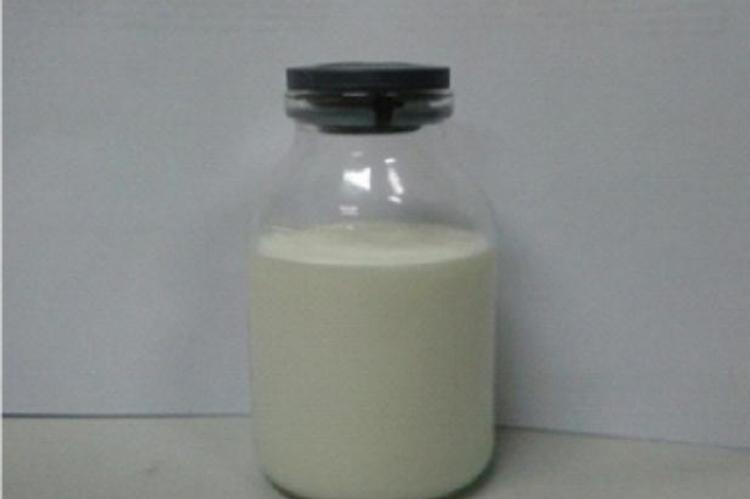In this study, (Z)-3-(chloromethylene)-6-fluorothiochroman-4- one (CF), a novel thiochromanone derivative was organized. Lipid emulsion containing CF (CF-LE) was developed by high pressure homogenization to improve its solubility. The physicochemical properties such as morphology, particle size, zeta potential and yielding efficiency of CF-LE were studied. Stability and safety assessment (including hemolytic test, vascular irritation test and paw lick test) of CF-LE was also investigated. The optimum CF-LE, consisting of 10% MCT, 1.2% egg yolk lecithin, 0.6% F68, 0.4% oleic acid and 2.25% glycerol, was prepared at 800 bar for 10 cycles. The average particle size of CF-LE was 234.7nm, z-potential was -30.76 mV, and entrapment efficiency was 95%. CF-LE showed a sufficient physicochemical stability in the long-term centrifugation and dilution with 0.9% sodium chloride injection and 5% glucose injection for 6 h. It did not cause any hemolysis and blood coagulation in vitro and did not cause obvious intravenous irritation. The results suggested that CF-LE was a promising drug delivery system for CF intravenous administration.
View:
- PDF (715.53 KB)


